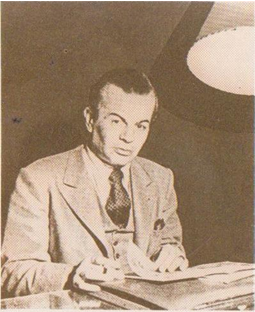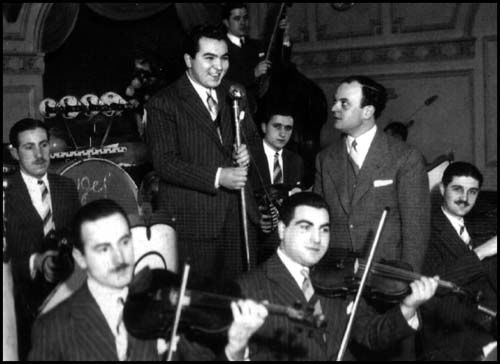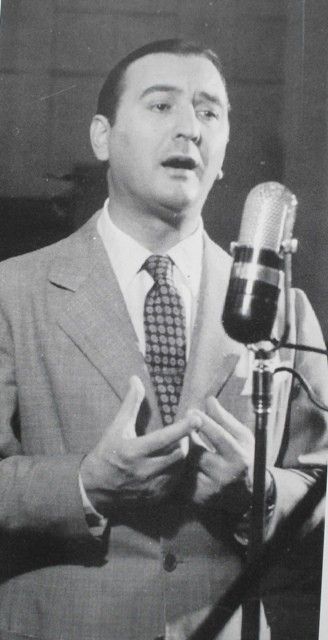“Fuimos” by Anibal Troilo y su Orquesta Típica with Alberto Marino in vocals, 1946.
 Homero Manzi
Homero Manzi
Poet and lyricist
(November 1, 1907 – May 3, 1951)
Manzi has given, like no one else, poetry to tango lyrics. He was a poet who never published a book of poems.
His poetry was evidenced only through songs, from country themes to urban music, where he would be at his best. In this way, he became immensely popular without giving up his poet feelings. He resorted to metaphors, even surrealist, but never so much as to prevent ordinary people from fully understanding his message.
“Fuimos”, written together with the inspired bandoneon player José Dames, is a poem with extremely daring images (“I was like a rain of ashes and fatigue /in the resigned hours of your life …”) considering that it was a popular song; however, “Fuimos” would charm both public and interpreters, remaining as a paradigm of the elaborated and aesthetically ambitious tango. Continue reading at www.todotango.com…










